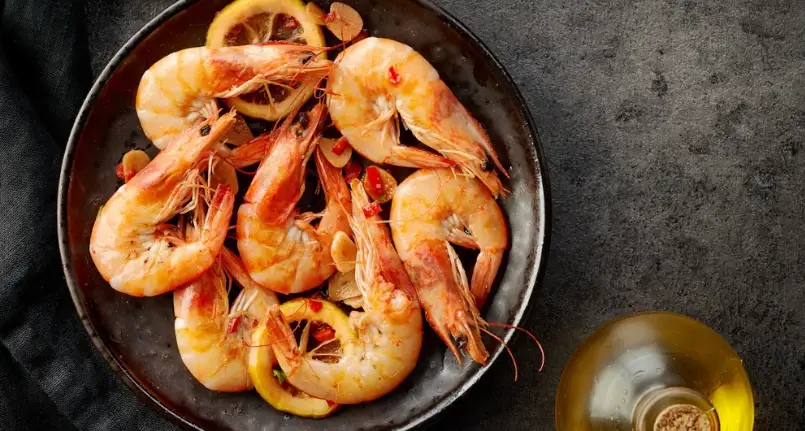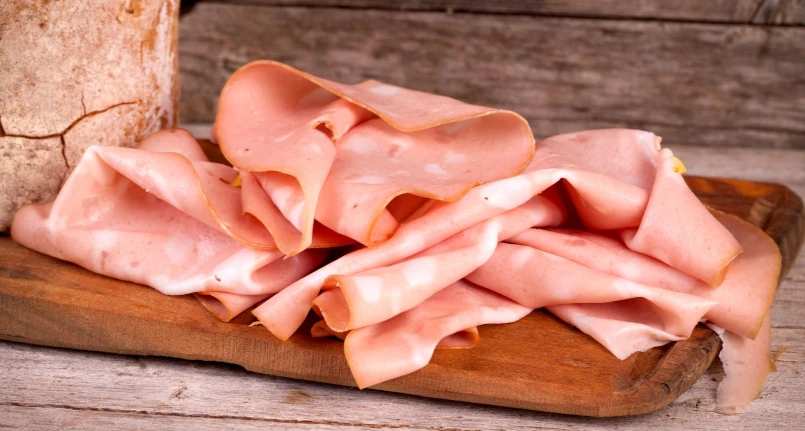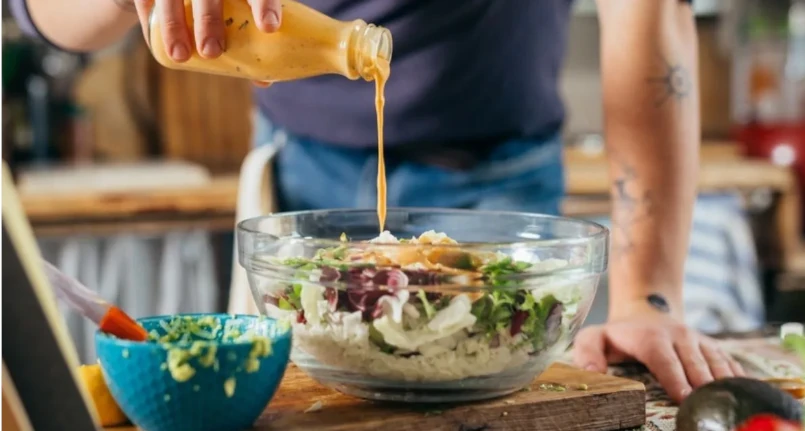Introduction
There are different varieties of shrimp distinguished by origin and organoleptic qualities . Shrimps are macruri crustaceans , i.e. they have a long, distended abdomen with a fan-shaped tail fin. The term “prawns” actually indicates several species belonging to different Genus , Family , Superfamily and Suborder . They are all united mainly for: small size and domain Eukaryota , Kingdom Animalia , Phylum Eumetazoa , Class Malacostraca and Order Decapoda
In the Italian seas, prawns are fished throughout the Mediterranean, but also in the Ligurian and Tyrrhenian Seas. There are two best-known varieties fished in Italy: that of Mazara del Vallo and Sanremo . The red shrimp is mainly eaten raw in brine. Then there are other varieties consumed and used in the kitchen for their great versatility and taste. They are found fresh and frozen in large retailers. They are, for example: pink and white Mediterranean prawns , sold both raw and pre-cooked or frozen, whole or shelled; the Argentine shrimp caught in the seas of South America, which boasts an excellent quality-price ratio; the tiger prawnfrom South East Asia (often bred intensively), and Indian prawns , small in size, very cheap.
Prawns: differences between scampi, prawns, king prawns
As previously written, the word prawns indicates different species of crustaceans united by a small shape and size, slightly by the taste, which changes according to the type of prawn, and by the consistency of the pulp, as well as by the colour. Prawns (and prawns ), scampi and prawns are all three decapod crustaceans, but they differ in size, flavour, color and uses in the kitchen.
The prawns are small and bright red in colour, ranging in length from 8 cm for prawns to 20 cm for prawns. The prawnsthey have a grayish color with red streaks, are tapered and even reach 15 cm in length. Their pulp has a sweet and delicate taste. They are raised in the Mediterranean, in Japan and in tropical countries. better to prefer the first two origins. Scampi , on the other hand, have two claws placed at the upper end, have firmer pulp than that of prawns, an orange back and a white belly . They are more valuable than the first two.
Shrimps: beneficial properties and contraindications
Shrimps are rich in nutrients and mineral salts . This is why they are considered a beneficial food for the body. Their content of calcium , zinc , vitamins A, E and B is appreciable, but also iodine , thiamine, riboflavin and niacin . They also contain and equivalent retinol called astaxanthin capable of performing a powerful antioxidant action
The beneficial properties of shrimp include:
- antioxidant action
- protection for bones and teeth
- rich in omega 3
- low-calories and benefits for the line
- contribute to the sense of satiety;
- thyroid levels checked (due to iodine content );
- anti-aging effect
- strong and healthy hair
- prevention of osteoporosis
- rich in protein
- carbohydrates and carbohydrates almost non-existent
However, it is important not to overdo the quantities as prawns, despite being low-calorie and high in protein, have a moderate cholesterol content . It is necessary to bear in mind that shrimps are the subject of a widespread allergic form which occurs following the ingestion of crustaceans.
The main symptoms of shrimp allergy include:
- anaphylaxis;
- hives ;
- skin rash
- gastrointestinal disturbances;
- respiratory difficulties
- swelling in the neck and face
Allergic reactions can be of various entities, but also quite serious. In case of suspected or overt allergy, always ask for confirmation on the presence of shellfish in the preparations and read the food labels that bear the wording: it could contain traces of shellfish.
Shrimps are foods that are not recommended during pregnancy
| Edible part | 45% | |
| Waterfall | 80.1g | |
| Protein | 13.6g | |
| TOTAL lipids | 0.6g | |
| Cholesterol | 150.0mg | |
| TOTAL Carbohydrates | 2.9g | |
| Starch | 0.0g | |
| Soluble sugars | 2.9g | |
| Dietary fiber | 0.0g | |
| Power | 71.0kcal | |
| Sodium | 146.0mg | |
| Potassium | 266.0mg | |
| Iron | 1.8mg | |
| Soccer | 110.0mg | |
| Phosphorus | 349.0mg | |
| Thiamine | 0.08mg | |
| riboflavin | 0.10mg | |
| Niacin | 3.2mg | |
| Vitamin A | 2.0µg | |
| C vitamin | 2.0mg | |
| Vitamin E | – mg | |
Use in the kitchen
Shrimps are particularly versatile in the kitchen. They are used in raw preparations, but also as an ingredient in first courses, main courses, sauces and ethnic dishes. Excellent grilled , but also sautéed in a pan and steamed , they are ideal accompanied by pasta, rice , seasonal vegetables , legumes , finely cut into fresh tartare and perfect for the summer climate.
Some precautions are necessary in the preparation of prawns in the kitchen:
- The prawns should be cleaned by removing the intestine which has the characteristic bitter taste which is transferred to the pulp, spoiling its delicate taste. There are no particular hygienic contraindications in this regard, but it is the taste that is altered.
- The prawns need to be cooked quickly: at most 5-7 minutes in contact with the heat source, otherwise the juiciness and softness of the pulp will be lost, resulting in a stringy and dry result.
- Grilled prawns should retain their carapace which maintains their softness, as well as medium-sized frying prawns should be peeled to speed up the frying process .




